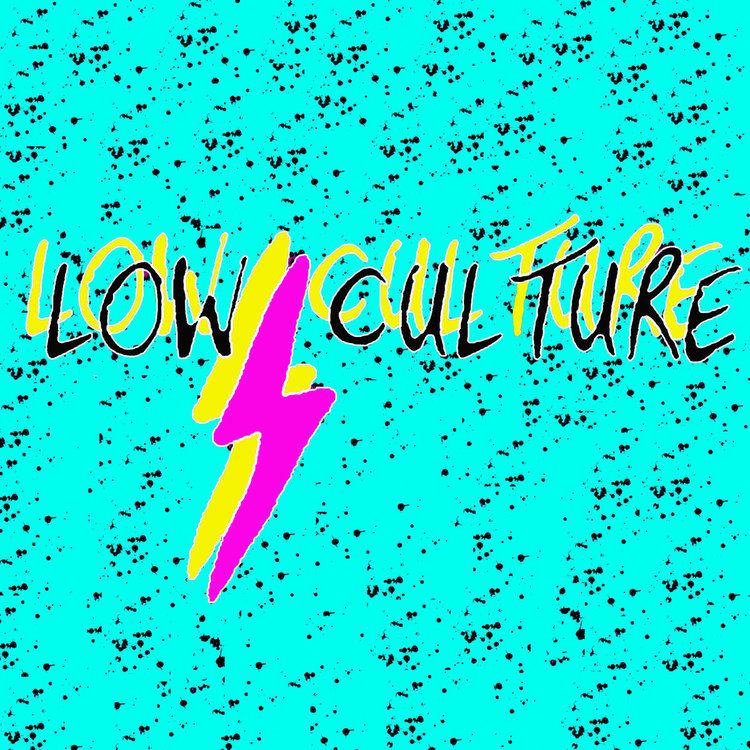 | ||
Low culture i feel your ghost dirtnap 2013
Low culture is a derogatory term for forms of popular culture that have mass appeal. Its contrast is high culture. It has been said by culture theorists that both high culture and low culture are subcultures. Today, this would mean things like 'take-away' meals, gossip magazines, and books that are current best-sellers.
Contents
- Low culture i feel your ghost dirtnap 2013
- Low culture screens
- Manifestations
- Standards and definitions of low culture
- Culture as class
- Creators of culture
- Audience
- Stereotypes
- References
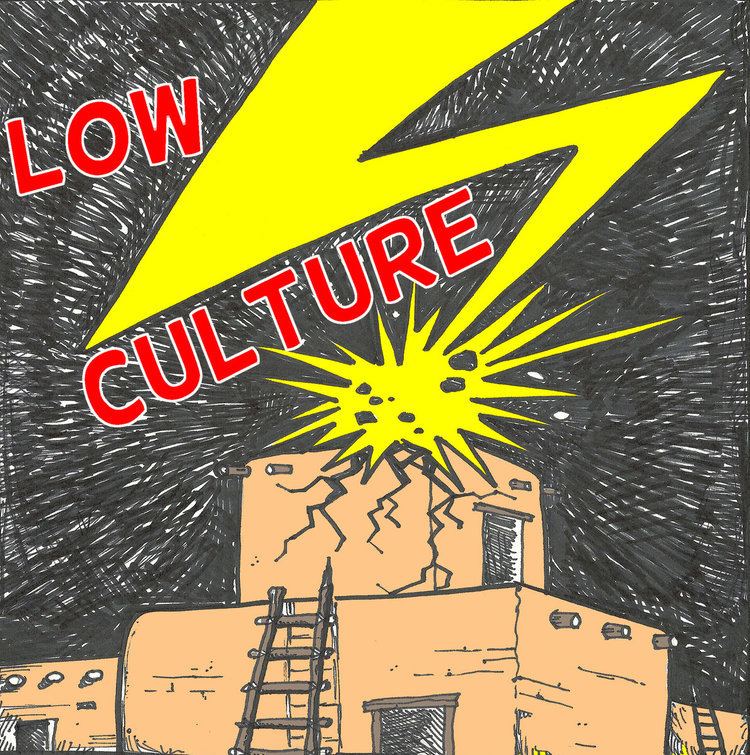
Low culture screens
Manifestations
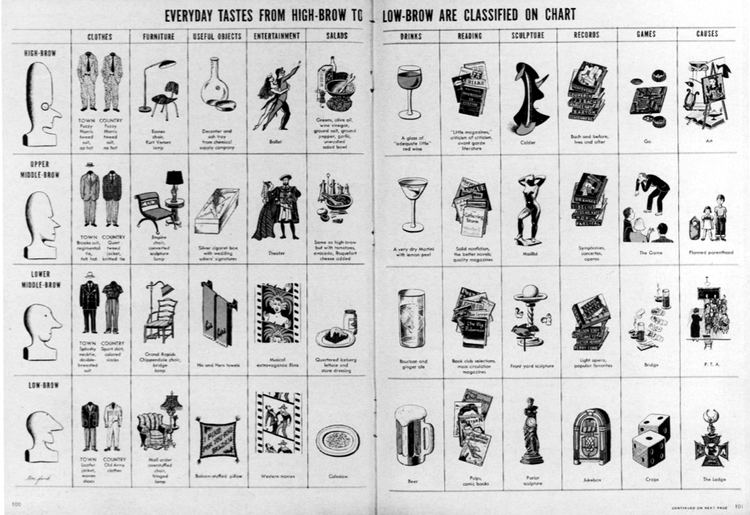
The boundaries of low culture and high culture blur, through convergence. Many people are "omnivores", making cultural choices from different menus. The 1990s artwork of Jeff Koons appropriate low art tropes of kitsch and pornography. Rhys Chatham's musical piece Guitar Trio (1977) is an example of incorporating (low culture) primitive punk rock aesthetics into (high culture) contemporary classical music.
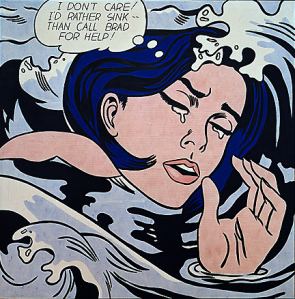
Romanticism was one of the first movements to reappraise "low culture," when previously maligned medieval romances were taken seriously and influenced literature.
Standards and definitions of low culture
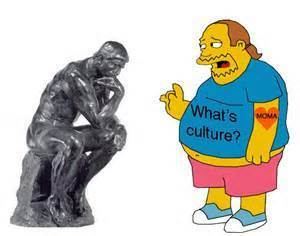
In his book Popular Culture and High Culture, Herbert J. Gans gives a definition of how to identify and create low culture:

Aesthetic standards of low culture stress substance, form and being totally subservient; there is no explicit concern with abstract ideas or even with fictional forms of contemporary social problems and issues. ... Low culture emphasizes morality but limits itself to familial and individual problems and [the] values, which apply to such problems. Low culture is content to depict traditional working class values winning out over the temptation to give into conflicting impulses and behavior patterns.
When applying that lens to mass media, it often includes shows that do not go too deeply into abstract ideas, or that do not address head-on contemporary social problems.
Culture as class
Herbert Gans states in his book Popular Culture and High Culture that the different classes of culture are linked correspondingly to socio-economic and educational classes. For any given socio-economic class, there is a culture for that class. Hence the terms high and low culture and the manifestation of those terms as they appeal to their respective constituents.
Creators of culture
When one watches television, someone else is in control of the content of the programming; one just has the choice in what one happens to be watching. Therefore, the content creators (media companies) are largely in charge of finding what it is people like, so they can make money from it. Media entertainment’s sole purpose for existing is profitability; they drive and are driven by consumer demand.
Audience
All cultural products have a certain demographic to which they appeal most. Low culture appeals to very simple and basic human needs. Low culture offers a perceived return to innocence, the escape from real world problems, or the experience of living vicariously through viewing someone else’s life on television.
Stereotypes
Low culture can be formulaic, employing trope conventions, stock characters and character archetypes in a manner that can be perceived as more simplistic, crude, emotive, unbalanced, or blunt compared to high culture's implementations—which may be perceived as more subtle, balanced, or refined.
